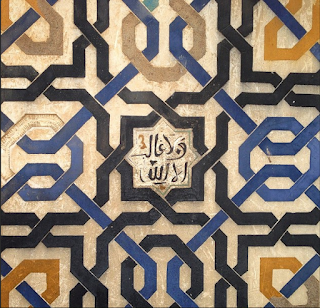Hi everyone! It me again Nicole... the world traveler and tea lover.

I just wanted to talk to you all a little bit about my experience of studying abroad.
I feel like these four months have flown by so fast and that I've gain a lot of life points and wisdom through my travels.
I also quickly want to talk about the reason why I chose to study abroad in London. First of all, I was drawn to the fact that everyone spoke English. Second of all, London is the hub of travel for Europe. You can go any where and find cheap flights. Also I love English culture! The pubs, the afternoon teas, the walk in the parks...the good music, the food markets, the antique markets, and the fact that this is one of the most diverse places in the world! I've heard languages I didn't even know existed just walking through the street!
Unfortunately, I've only got two more days left in London. So I would like to do a little recap of my trip:
First of all, arriving in another country a million miles away is pretty scary. In all honesty, I was really scared to travel so far away from my family and comfort zone that I put off studying abroad one semester. After taking the leap and making the final decisions to go I was nothing
but excited.
Sometimes you have to put yourself in situations that scare you or make you uncomfortable in order to learn or grow or to go from uncomfortable to comfortable. And even though I've travelled around Asia growing up - that was with my parents. Being on your own in foreign countries is scary. But so worth it.
These are all the things I've learned and become better at while studying abroad:
1. organizing trips
2. time management (catching flights or trains)
3. approaching people for help with out being scared that they don't speak english
4. admiring the scenery/taking time to be inspired
5. falling in love with food, people, a country
6. being fearless (even that means arriving in Barcelona at 7pm by your lonesome self)
7. most importantly being opened to anything and adventures
Here are some tips for traveling:
1. pack lightly ALWAYS (to avoid having to pay a fee which small airlines some times prey on non-european tourists)
2. always carry some cash in case of emergency
3. have a portable phone charger
4. check 'Skyscanner' for really cheap flights or use the EasyJet app on the phone and you won't need to print out tickets
5. chose to travel during off-peak tourist season (April usually or May or any months before big holidays)
6. when arriving in a location set at least one or two days to see all the major sites and have another full day to walk around and enjoy at a slow pace ... this way you will experience it in a totally different perspective
7. always try a local cuisine or drink to fully experience the place
8. If traveling with other's be a responsible travel buddy and a team player and learn how to compromise !!!!
9. and most of all HAVE FUN and LEARN something about yourself or the place
These are a few of my tips and lessons I've learned so for those who want to study abroad I wish you the best!
**My last tip: Money.
Traveling is expensive. I won't lie or sugarcoat it. I've worked hard for three years to enjoy my traveling and I've used my own money to visit these places that I've been too. At first I was really reluctant in spending so much money. But for some, traveling is a way of life or a once in a life time experience. Choose wisely the places you want to go and things you want to spend your money on. Because there are ways to save money while traveling. Think of the necessity. I always think about how the memories and experiences of all the places I've been to will have a cost much more than all the money I've spent on traveling: it's these memories that I will always hold dear. Or if I want to take something small like a piece of stained glass from Venice...things that have special meaning or food you'll only ever eat once or can get somewhere special might be worth spending money. Once you accept the fact that traveling isn't cheap you will be able to enjoy traveling.
HAPPY TRAVELING!


















































